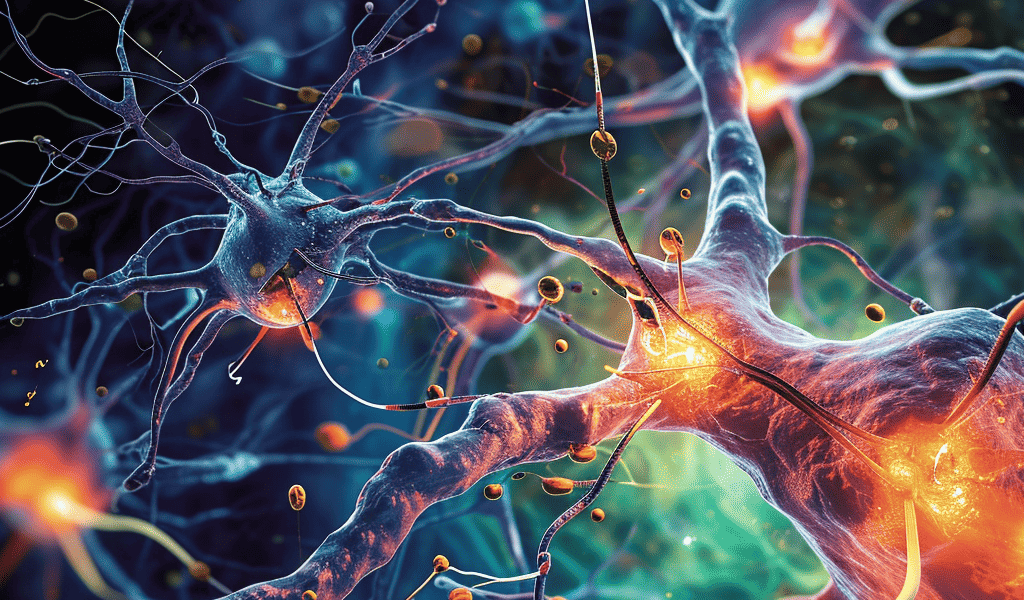Researchers have made a significant breakthrough in the treatment of Parkinson’s disease using a new technique called magnetogenetics. This innovative approach involves using very small magnets to wirelessly trigger specific, gene-edited nerve cells in the brain, effectively relieving motor symptoms without damaging surrounding brain tissue.
Traditional deep brain stimulation (DBS) has been a well-established method for treating disordered movement in Parkinson’s disease. However, the invasive nature of implanting electrodes in the brain has posed risks such as brain hemorrhage and tissue damage, making it a less favorable option for many patients.
In a study published in Nano Letters, researchers detailed their wireless method that effectively reduced motor dysfunction in mice with Parkinson’s disease. The technique involved tagging nanoscale magnets with antibodies to help the molecules adhere to the surface of specific nerve cells in the brain’s subthalamic nucleus (STN). These modified nerve cells were then activated by an externally applied magnetic field, resulting in improved motor function in the mice.
Notably, the treated mice showed significant improvements in motor function, with those exposed to multiple magnetic field exposures retaining more than one-third of their motor improvements. Furthermore, the nerve cells of the treated mice exhibited no significant damage in and around the STN, indicating the potential for this wireless technique to be a safer alternative to traditional DBS.
This groundbreaking research offers hope for the development of a less invasive and more precise treatment for Parkinson’s disease. The use of magnetized neurons to alleviate symptoms represents a promising advancement in the field of neurology and could potentially offer new possibilities for improving the quality of life for individuals living with Parkinson’s disease.





